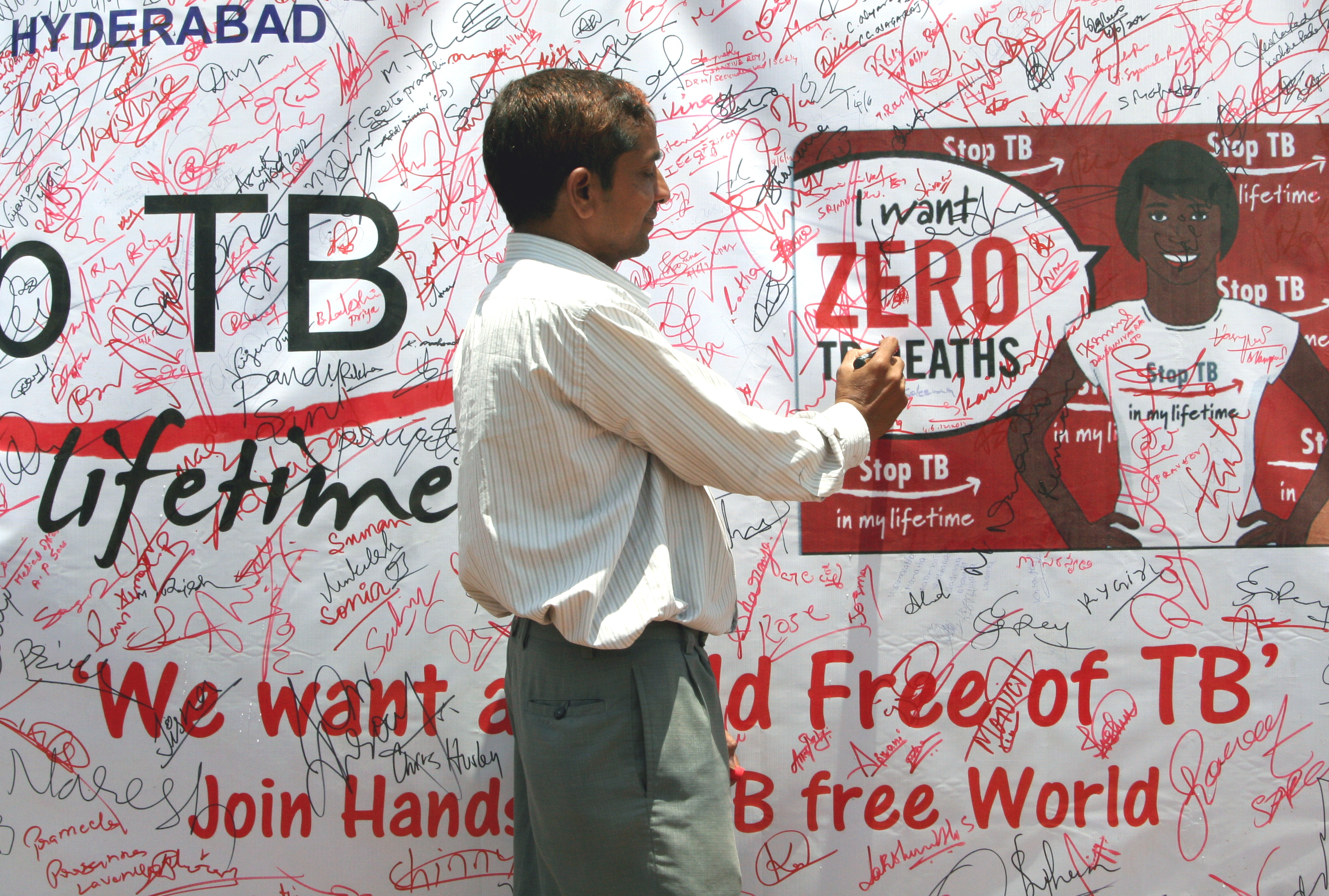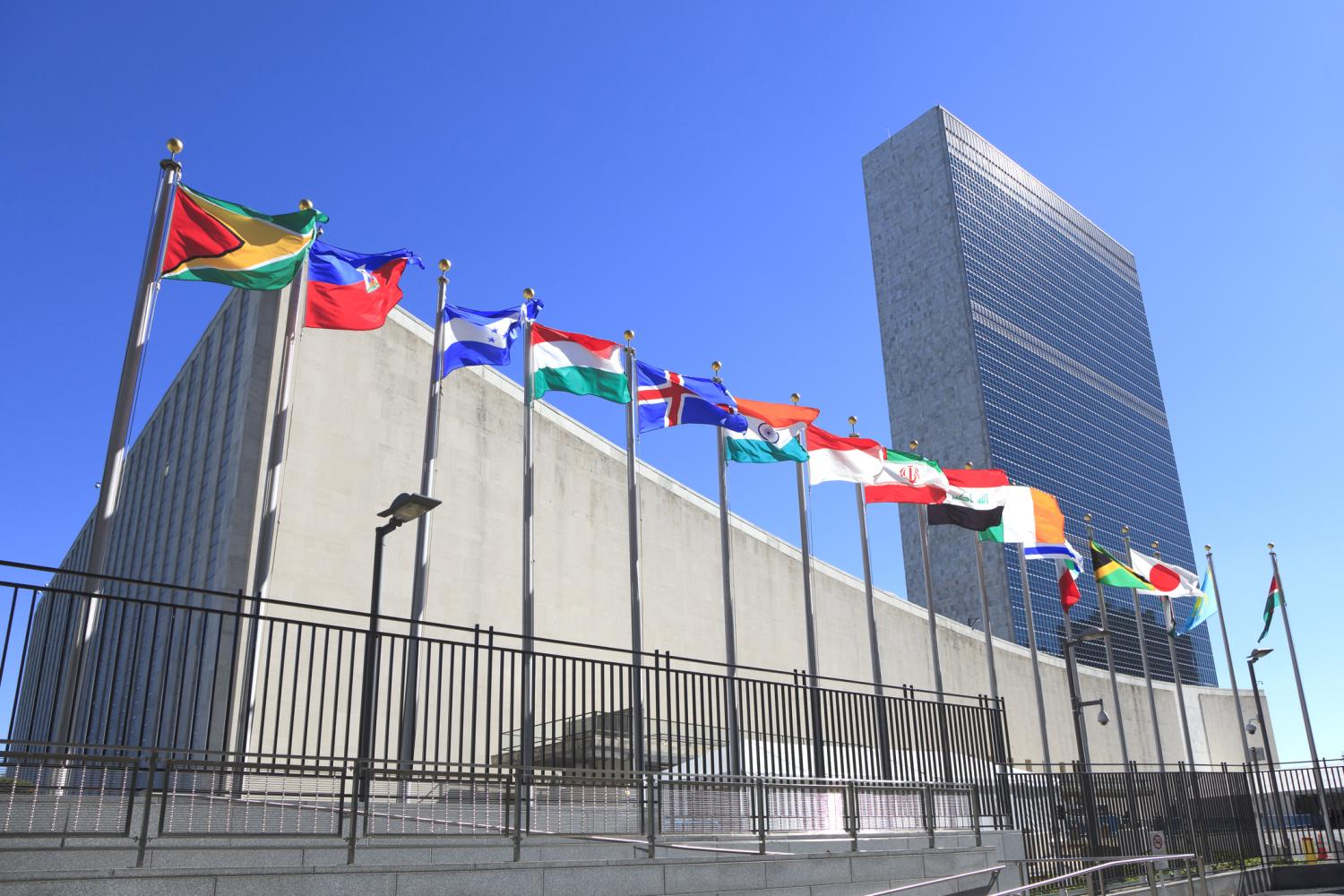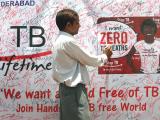As heads of state gather today at the United Nations (UN) for the second high-level meeting on the fight against tuberculosis (TB), stakeholders are reminding them of the promises made 5 years ago, and the failure to live up to those promises.
Many of the targets that were set in 2018 on TB prevention, care, and financing at the first UN high-level meeting on TB are far from being met. Part of that can be attributed to the COVID-19 pandemic, which diverted resources away from the TB fight and disrupted countries' efforts to diagnose, treat, and prevent the disease.
TB experts and advocacy groups say the failure to meet those targets cannot all be pinned on the pandemic, however. They suggest it's also a product of years of neglect by a world that has never seen TB—one of the world's leading infectious disease killers—as a priority. And they say now is the time for world leaders to live up to their promises and make some real headway.
"TB has always been a neglected disease," novelist John Green, who's become a vocal advocate for increased access to TB treatment, said at a press briefing held this morning at the UN by the Stop TB Partnership. "TB has been curable for 75 years, and we haven't done a nearly good enough job of getting the cure to where the disease is."
2018 targets haven't been met
The impact of the pandemic on the global TB picture cannot be overstated. The World Health Organization (WHO) 2022 Global TB Report shows an estimated 10.6 million people fell ill with the respiratory disease in 2021. That's up 4.5% from 2020, and the first time in nearly two decades that the number of TB cases has gone up. TB deaths were up as well, rising from 1.6 million to 1.7 million. Prior to the pandemic, TB cases and deaths had been steadily declining.
The reduction in essential TB services that began in March 2020 and lasted through 2021 has played a significant role. In many high-burden countries, lockdowns and the shifting of health resources to the COVID-19 response meant fewer people with TB were diagnosed and treated, and fewer contacts of TB patients had access to preventive treatment, which is necessary for stopping the spread of the disease.
Over the past 2 years we've lost incredible ground…reversing years of hard work.
A status update on progress toward the 2018 targets, released yesterday by the WHO, also highlights the effects of the pandemic. At the 2018 meeting, UN member states committed to treating 40 million people with TB between 2018 and 2022, but only hit 84% of that goal (34 million). Thirty million people were targeted for preventive TB treatment over the 5-year period, but only 15.5 million received it.
"Over the past 2 years we've lost incredible ground…reversing years of hard work," Atul Gawande, MD, MPH, the US Agency for International Development's assistant administrator for global health, said at the briefing.
Funding is another area in which world leaders and global funding agencies have failed to live up to their promises. At the 2018 meeting, leaders set a goal of hitting $13 billion in annual global funding for essential TB services in low- and middle-income countries (LMICs) by 2022. In 2022, the actual number was $5.8 billion. And 80% of that was from domestic sources.
Progress made with new MDR-TB treatments
Despite these setbacks, some progress has been made, particularly with regard to treatment for multidrug-resistant (MDR)-TB. In 2019, the US Food and Drug Administration approved pretomanid, a drug developed by the non-profit TB Alliance, for use in a 6-month, all-oral drug regimen for MDR-TB that's been called a "game changer."
Trials of the new regimen have found cure rates of 90% or higher, with fewer side effects than previous MDR-TB regimens. Those regimens lasted up to 2 years, had a cure rate of roughly 50%, and involved multiple drugs, some of which have severe and painful side effects.
"It was not only long, but it was very complicated and also included injectable [drugs] most of the time, which made adherence difficult and which contributed negatively to the efficacy of the regimen," Maria Beumont, MD, vice president and chief medical officer for TB Alliance, told CIDRAP News. "So we've seen incredible, incredible progress with treatment."

Eloisa Zepeda-Teng of the Philippines is among those who had to suffer through the longer MDR-TB treatment. First diagnosed with TB meningitis in 2007, her first round of treatment failed and she was subsequently diagnosed with MDR-TB. During her treatment, she says, she was vomiting every day, experienced partial paralysis and hearing loss, and ultimately lost her vision. She was in constant pain.
"I was banging my head against the wall because it hurt so much," Zepeda-Teng said in an interview. "It was as if there was a knife cutting my head in two."
That experience led her to become a vocal advocate for TB patients in the Philippines, particularly those with disabilities. As executive director of TBPeople Philippines, Zepeda-Teng has been working on community outreach to promote acceptance of the shorter MDR-TB regimens and provide the type of social support that she says many in her country don't receive.
"We're able to do patient navigation…everything from screening to diagnosis and treatment and post-treatment," she said.
Access remains an issue
The BPaL and BPaLM (bedaquiline, pretomanid, and linezolid, with or without moxifloxacin) regimens, which are now recommended by the WHO for all patients with MDR- or rifampicin-resistant TB, should make treatment easier to adhere to and more manageable. But access to these regimens is still limited in the Philippines and other countries with a high burden of MDR-TB, most of which are LMICs. Of the 450,000 people diagnosed globally with MDR- or rifampicin-resistant TB in 2021, only 162,000 were treated.
In a letter to The Lancet published in June 2022, researchers at the University of the Philippines wrote that inadequate funding for the country's National Tuberculosis Program, lack of testing, and an under-staffed healthcare system has limited the number of high-risk and vulnerable groups who are receiving MDR-TB treatment.
"The Philippines is one of ten countries accounting for 70% of the gap between the estimated global incidence of drug-resistant tuberculosis and the number of people enrolled in treatment," they wrote.
Beumont says that while the BPaL regimen has demonstrated its benefits both in clinical trials and in operational research, access remains an issue.
"Now we need to make sure that everybody who needs it can access it," she said. "That's our next challenge."
One hurdle to increased access of the BPaL and BPaLM regimens—cost—has recently been lowered. In August, Johnson & Johnson announced that it will supply the Global Drug Facility—an entity created by the Stop TB Partnership in 2001 to promote equitable access to TB drugs and diagnostics—with bedaquiline at a cost of US $130 per 6-month treatment course, down from $289.
Ensuring countries have access to the tools needed for the prompt diagnosis of people have MDR-TB is another hurdle that's recently been lowered. Earlier this week, diagnostics company Cepheid announced a 20% reduction in the price of its Xpert test cartridges, which are crucial for rapid diagnosis of MDR-TB.
"Reducing the price of these sophisticated TB tests by 20% will give a significant boost to our collective efforts to scale up testing and save lives," Peter Sands, executive director of the Global Fund to Fight AIDS, Tuberculosis and Malaria said in a news release.
Lessons from the pandemic
With the COVID-19 pandemic receding, advocates believe governments in high-burden nations and global funding bodies have an opportunity to place a renewed focus on driving down TB numbers. They also believe the pandemic demonstrates what's possible when world leaders provide the funding needed to fight a highly infectious respiratory disease.
"If COVID taught us something, it's that when we all come together and there is sufficient funding, things can happen," Beumont said.
Among the targets for the next 5-year period (2023 to 2027) that world leaders committed to meeting today are treating 90% of diagnosed TB patients, reaching 90% of those who need preventive TB treatment, licensing at least one new TB vaccine, and closing funding gaps for TB implementation and research. The ultimate goal is to "end" TB by 2030, which is defined as reducing TB deaths by 90% and TB incidence by 80% (compared with 2015).
Tereza Kasaeva, MD, PhD, director of the WHO's global TB program, believes these goals can be met if there is political will.
"We will be closely following, monitoring, and giving the necessary technical expertise and advice to support member states," Kasaeva said yesterday at a WHO press briefing. "It's doable, possible, and we are very optimistic."
If COVID taught us something, it's that when we all come together and there is sufficient funding, things can happen.
























